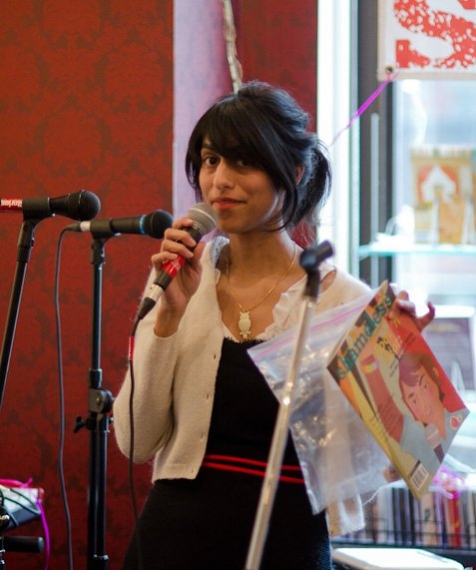Launching Volume 38: Feminisms

A 2004 article by Mary MacLeod in Harvard Design Magazine remarked on a quiet period in feminist theory in architecture. The author, a scholar of architecture history and theory with a focus on the twentieth century and its successive modernisms, would know—she is one of the writers she alludes to in referencing a “flood of publications” on feminism in architecture that appeared in the 1990s. The drought, it would appear, is over, though the multiple versions of feminism that have rushed into architecture’s scholarly, professional, critical, and pedagogical channels in recent years has a different cast than that last inundation. Stay close to architecture as a discipline and you find a proliferation of commentary on women in the profession, from Despina Stratigakos (interviewed by Evan Pavka in this issue of the magazine about her historical research) describing Architect Barbie’s American Institute of Architects debut in the online version of Places journal in 2011 to The Architectural Review’s “Women in Architecture Survey,” which since 2012 has offered a statistical overview of the working lives of women in practice in the U.K., and a chorus of female architect students demanding gender representation on juries. Go further afield and you will find efforts to understand the spatialization of power structures in urban environments, managed landscapes, and domestic spaces where feminist understandings of social hierarchy, biopolitics, and public/private divisions collide with questions of race, class, sexuality, and non-binary understandings of gender.
The articles included in this issue of The Site Magazine, both in print and online, take on these questions, using female experience and feminist theory to explore power, reconfigure history, question the design of the city, and craft new versions of domestic productivity. In the first section of our print edition, “Bodies,” the female body is exposed, excluded, contained; it is made to disappear and discovers ways of reappearing, it pushes strongly (softly) against rigid spaces and structures of control. How we go about finding, making, and acknowledging the spaces of women’s lives is the central question of the articles that we have grouped together in “Work.” We end the print version of V38 with a series of “Stories,” loosely defined, with cyborg ecologies, street photography, satire, language, and memory.
For the next few months, these themes will run through our online publications as well, with loose groupings of articles that take on questions of parity, the city, and women’s histories, as well as contributions that expand on or tie into some of what appears in print. Commentary on questions of feminism, publishing, and gendered space by Sheila Sampath, the editorial and art director of Shameless, a Canadian independent magazine for young women and trans youth, and Helena Bahaar, part of the team at the Afghan women’s magazine Gellara, will introduce their curated selections of articles in June and July. We hope these collaborations will help expand the feminist possibilities for architecture beyond design disciplines and by bringing their different perspectives to the questions this issue of The Site raises.
Early feminism was born in strictly ordered spaces that coded and confined ideas of the feminine. Today’s discussions are wider, with similarly expanded spatial ramifications for work, care, history, and access. They questions they raise cannot be answered by a single profession or within a single domain. Yet these questions—of what kinds of bodies are granted or denied access to urban spaces, of the neutrality of objects in relation to bodies that are anything but, of the power dynamics of our fantasies, and of the systems of care we use to craft relationships with our environments—are essential to the design of places that are ethical and accessible. They are essential to fostering equitable working conditions for the women who design them and for re-assessing spatial divisions that enforce systems of oppression and marginalization. They are essential to addressing exclusions from history contradicted by continuities in memory. They are essential to imagining a world ripe with the possibilities that Donna Haraway finds in cyborg transformations: the cultivation of affinity, the complication of identity, the laying bare of the complexities involved in untangling feminist histories from colonial ones and questions of gender from those of race, class, and other embodied experiences. Volume 38 adds to a proliferation of publications, issues, articles, and streams of content that are testing the limits of historical feminisms. More than any other aspect of contemporary feminist discussions, it is the sustained immediacy that this proliferation contains encourages us to continue onward from issue to action.
Ruth Jones, editorial lead V38
Miriam Ho & Aisling O’Carroll, co-editors in chief





